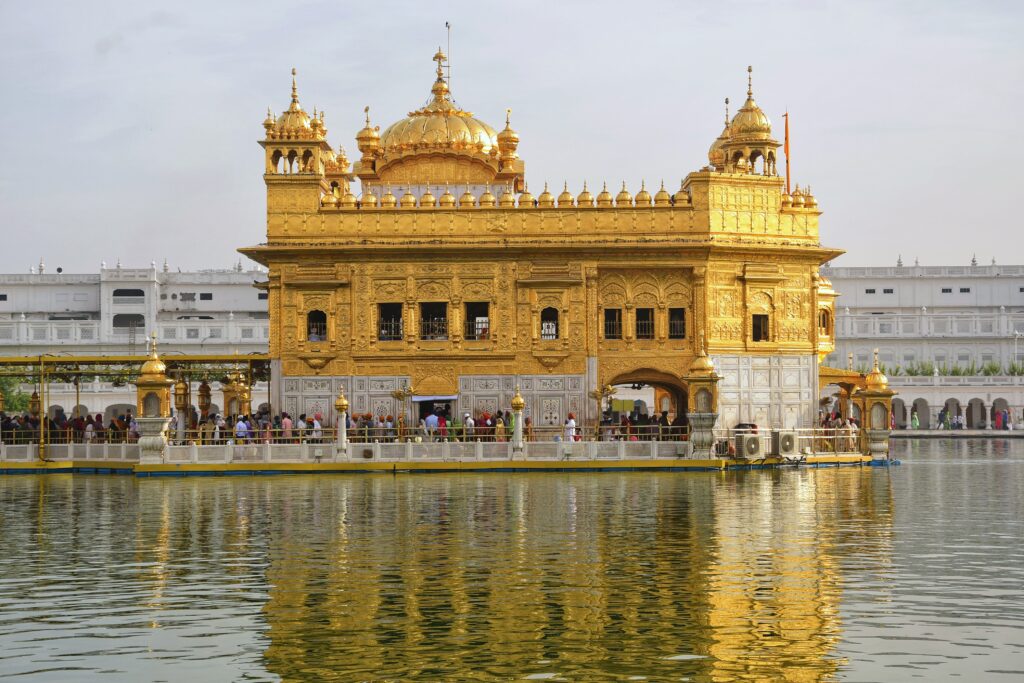Harmandir Sahib: A Guide To India’s Golden Temple
Harmandir Sahib, commonly referred to as the Golden Temple, is one of the most iconic and beautiful religious sites in India. Located in Amritsar, Punjab, this sacred Sikh temple serves as the holiest gurdwara (place of worship) in the Sikh faith and is renowned for its awe-inspiring architecture and colorful history. Here’s a guide to Harmandir Sahib for travelers looking to explore this incredible destination.
History and Significance of Harmandir Sahib
Harmandir Sahib’s history dates back to 1577 when the fourth Sikh Guru, Guru Ram Das, founded the city of Amritsar and constructed a pool of nectar known as Amritsar Sarovar. He then asked his son, Guru Arjan Dev, to build a temple in the center of the pool in 1581. Guru Arjan Dev designed a temple inspired by Hindu and Muslim architecture, which was later expanded by the sixth Sikh Guru, Guru Hargobind.
The temple’s name, Harmandir Sahib, translates to “the abode of God” and serves as a spiritual center for the Sikh community. The Harmandir Sahib complex also includes the Akal Takht, a seat of political authority for the Sikh community, and the Darshani Deori, an archway that marks the entrance to the temple.
Architecture of Harmandir Sahib
Harmandir Sahib’s iconic golden dome is the most recognizable feature of the temple. The dome is made of copper and covered with gold plates and is surrounded by four entrances, symbolizing the acceptance of all people regardless of their faith or background. The temple is also surrounded by a marble walkway, known as the Parikrama, which is traditionally walked by visitors in a clockwise direction.
The temple is further decorated with intricate stone carvings, colorful murals, and intricate latticework. Inside the temple is the Hari Mandir, a sanctum containing the holy book of the Sikhs, the Guru Granth Sahib.
Visiting Harmandir Sahib
Harmandir Sahib is open to visitors of all religions and no admission fee is required. However, visitors must adhere to certain dress codes and traditions. Men should wear long trousers, a long shirt, and a head covering, while women must cover their hair and wear traditional Indian attire. Shoes must also be removed before entering the temple and visitors should enter barefoot.
The temple complex is open 24 hours a day and visitors can explore the grounds at any time. However, the Hari Mandir is typically open from 4:30 am to 10 pm. Visitors are also invited to join in the singing of hymns, which take place several times a day.
Harmandir Sahib is one of India’s most iconic religious sites and is certainly worth a visit for anyone looking to explore Indian culture and history. With its awe-inspiring architecture, colorful history, and spiritual significance, Harmandir Sahib is a destination that’s sure to leave a lasting impression.

